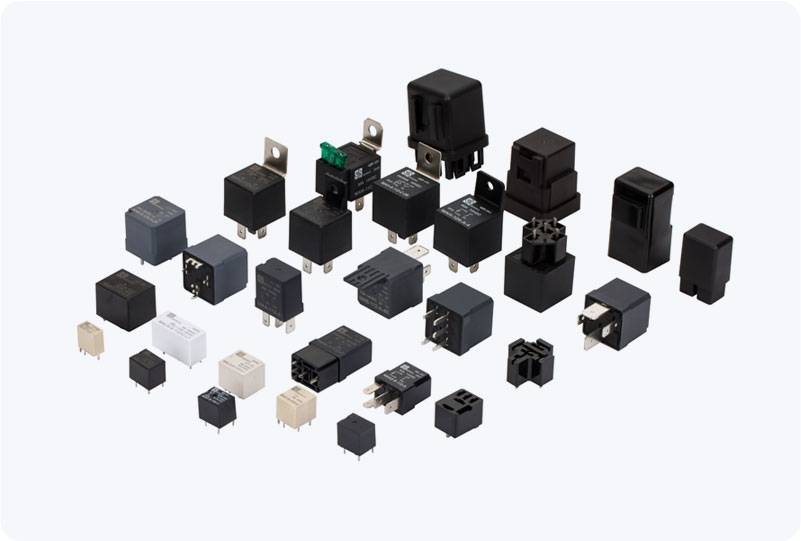In industrial environments, safety is a top priority, particularly in hazardous areas where human life and equipment are at risk. One of the key components that help ensure safety in such environments is the Safety Relay SIL 3. SIL, or Safety Integrity Level, is a measure of safety system performance. SIL 3 is one of the highest levels of safety performance required for systems that are responsible for preventing dangerous failures. In this article, we will explore what a Safety Relay SIL 3 is, how it works, its applications, and why it is essential for industrial safety.

What is Safety Relay SIL 3? A Safety Relay SIL 3 is a relay that is specifically designed to meet the stringent requirements of safety-critical systems. SIL is defined by the international standard IEC 61508 and IEC 61511, which categorize safety performance into four levels (SIL 1 to SIL 4). SIL 3 indicates a high level of safety performance, meaning that the probability of a dangerous failure occurring is very low—typically between 10^-7 and 10^-8 failures per hour. The relay’s primary function is to monitor and control safety functions in a way that minimizes the risks of equipment failure leading to hazardous situations. A Safety Relay SIL 3 is engineered to be fault-tolerant, meaning it continues to perform even if one or more internal components fail. This redundancy ensures that safety-critical functions remain operational in the event of a malfunction.
Leave a Reply